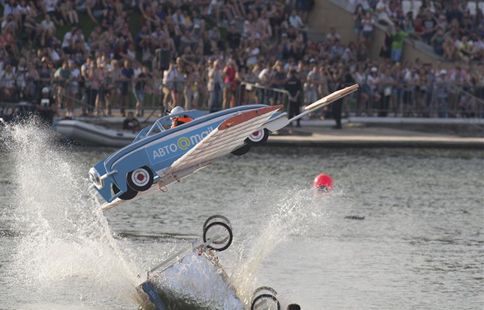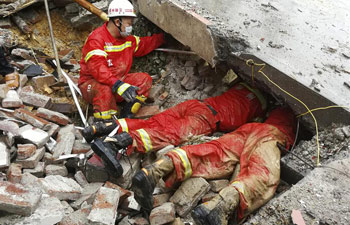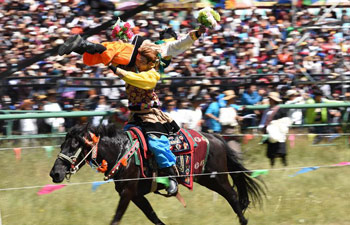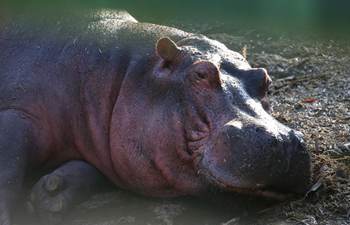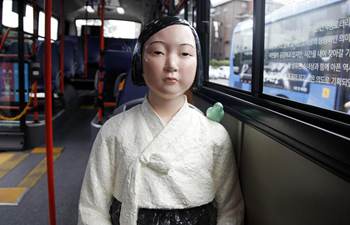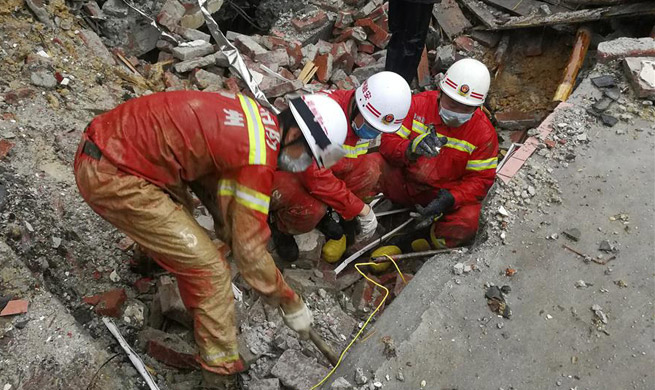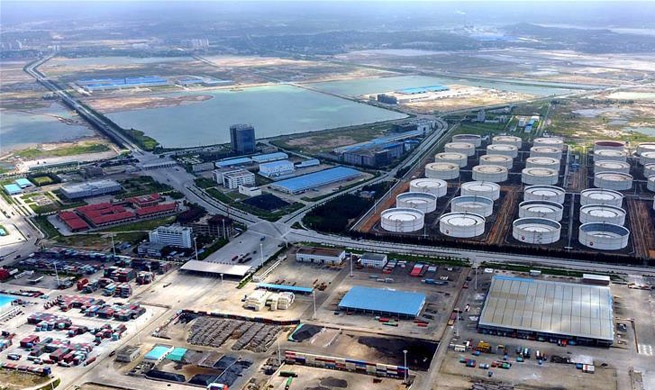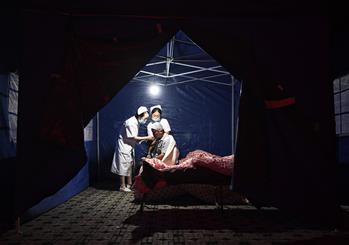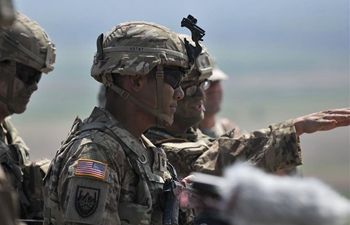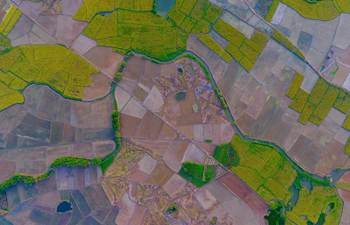TOKYO, Aug. 14 (Xinhua) -- Okinawa Governor Takeshi Onaga on Monday expressed his dissatisfaction at the central government for allowing accident-prone Osprey aircraft to fly in Japan just days after a fatal crash off the coast of Australia.
In a meeting with newly-appointed Defense Minister Itsunori Onodera in Okinawa's capital of Naha, Onaga said that Japan backing the United States' decision for the tilt-rotor planes to be flown here was not in the interests of protecting people's lives.
"The response was extremely disappointing from the viewpoint of protecting the lives of the people in the prefecture and in the country," Onaga was quoted by local media as telling Onodera.
Onaga's remarks follow Okinawa Deputy Governor Moritake Tomikawa on Aug. 8 lodging a strong protest with U.S. forces for flying an Osprey in Japan's southernmost prefecture.
Tomikawa's protest came on the heels of the central government requesting a halt to flights, following the crash in Australia on Aug. 5, which killed three U.S. Marines.
Onodera, for his part, told Onaga that the transport plane is "very important for our country's security" and promised Onaga that he would repeatedly implore the U.S. to fly the planes safely.
The U.S. Marine Corps on Wednesday decided the Ospreys were safe to be flown following an investigation.
This decision was officially backed by the central government here on Friday, much to the consternation of Okinawans who host the bulk of U.S. military forces in Japan and are concerned, in particular, about the safety of the Ospreys.
An Osprey making an emergency landing in Okinawa in June caused locals fears to be stoked once more following the crash landing of one of the planes in waters off Nago in Okinawa, near the U.S. Marine Corps' Camp Schwab last December.
The incident, which saw five crew members airlifted to safety and then subsequently treated for injuries, involved an MV-22 Osprey making a "shallow landing" according to U.S. military accounts.
The crash marked the first major accident involving an Osprey since its deployment in Japan in 2012 and had Okinawan officials vehemently call for the planes to be permanently withdrawn from Japan.
Prior to these accidents, Ospreys have been involved in multiple crashes around the world leading to numerous fatalities, dating back to the plane's developmental phase in 2000.
The U.S. military currently has more than 20 MV-22s deployed at U.S. Marine Corps Air Station Futenma in Okinawa, the base itself which is central to a relocation spat between Okinawa and Tokyo.
The MV-22 Osprey that fatally crashed off Australia, had been based at Okinawa's Futenma air station.




